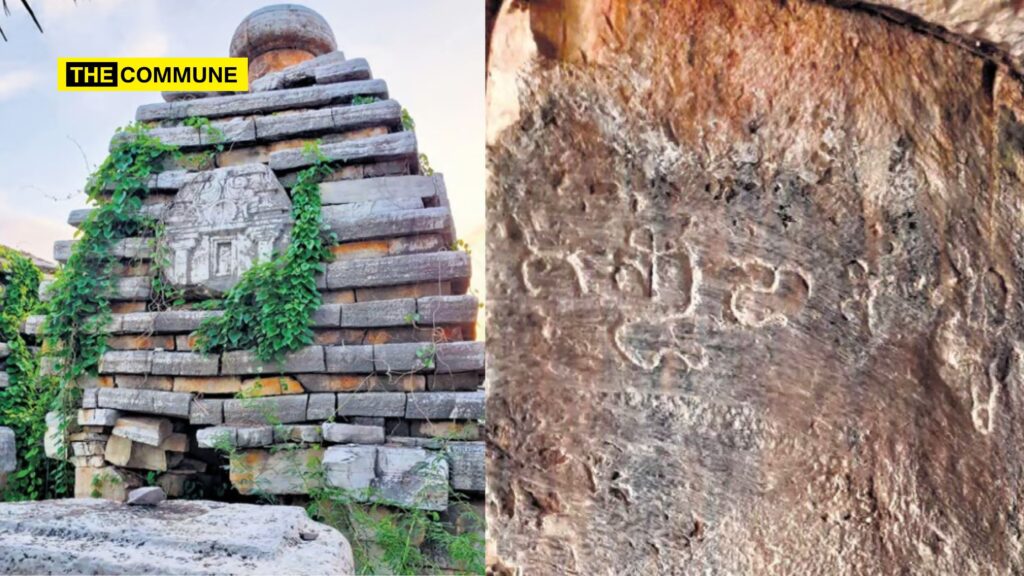In Mudimanikyam village of Nalgonda district, Telangana, two temples, believed to date back at least 1,300 years to the late Badami Chalukya period, have been rediscovered. Dr. MA Srinivasan and S. Ashok Kumar, conducting research on behalf of the Public Research Institute of History, Archaeology, and Heritage (PRIHAH), revealed an inscription dating back to the 8th or 9th century CE during their exploration of one of the temples.
Located en route to the Krishna river, these temples are of particular significance as they represent Badami Chalukyan shrines adopting the Kadamba nagara style in the Rekha nagara format. They are identified as the only two of their kind in Telangana today, and despite their age, they are reported to be in relatively good condition.
One of the inscriptions, labeled as ‘Gandaloranru’ and discovered on a pillar in one of the five temples in the village, is dated to the 8th or 9th century AD. While the exact meaning of the inscription is unclear, Dr Munirathnam Reddy, Director of Epigraphy in the Archaeological Survey of India, suggests it might be the title of a hero, considering the Kannada meaning of the first two letters, ‘Ganda.’
An additional inscription, believed to be around 350 years old, was discovered on a pillar within the Rama temple at Mudimanikyam.Although only one side is readable, Dr D Surya Kumar, an epigraphist and vice-president of PRIHAH, notes that it provides detailed information about donations to the Rama temple from places like Andhra Pradesh and Warangal.
The PRIHAH team observed that the Panchakuta temples are currently neglected. One temple lacks the lingam in the sanctum sanctorum, having only the panavattam, while another houses a Vishnu idol. Emphasizing the historical significance of the village, PRIHAH urges the Department of Heritage and the local community to collaborate in preserving this cultural heritage.
(with inputs from TNIE)
Subscribe to our channels on Telegram and WhatsApp and get the best stories of the day delivered to you personally.

